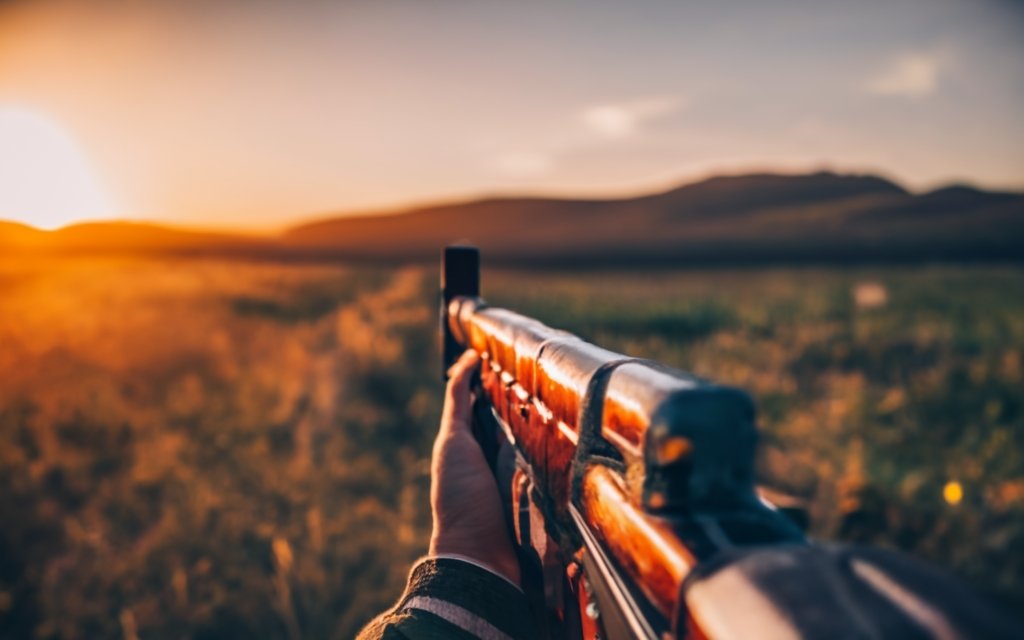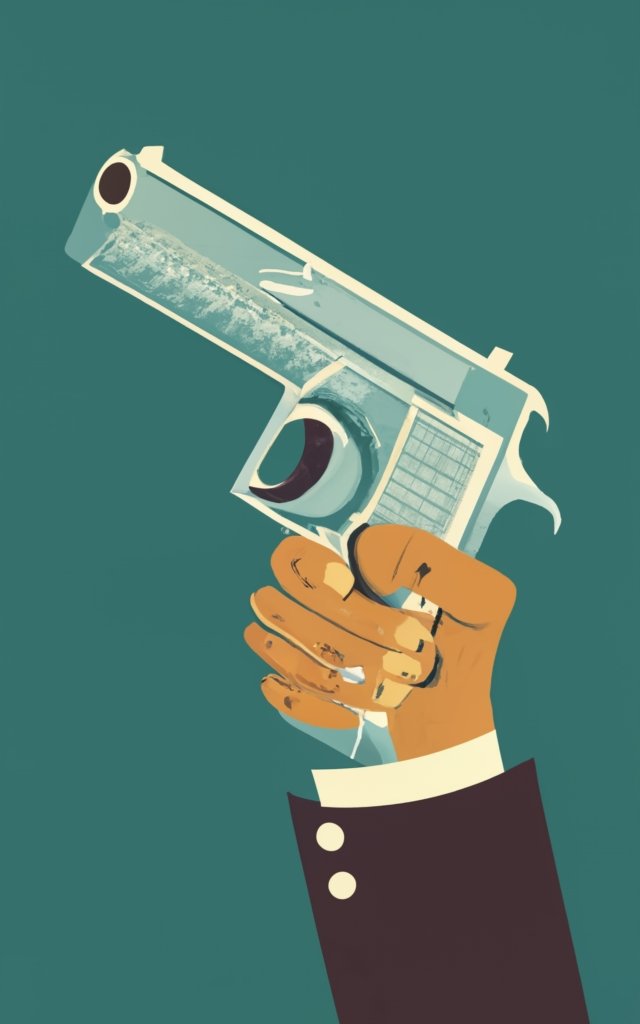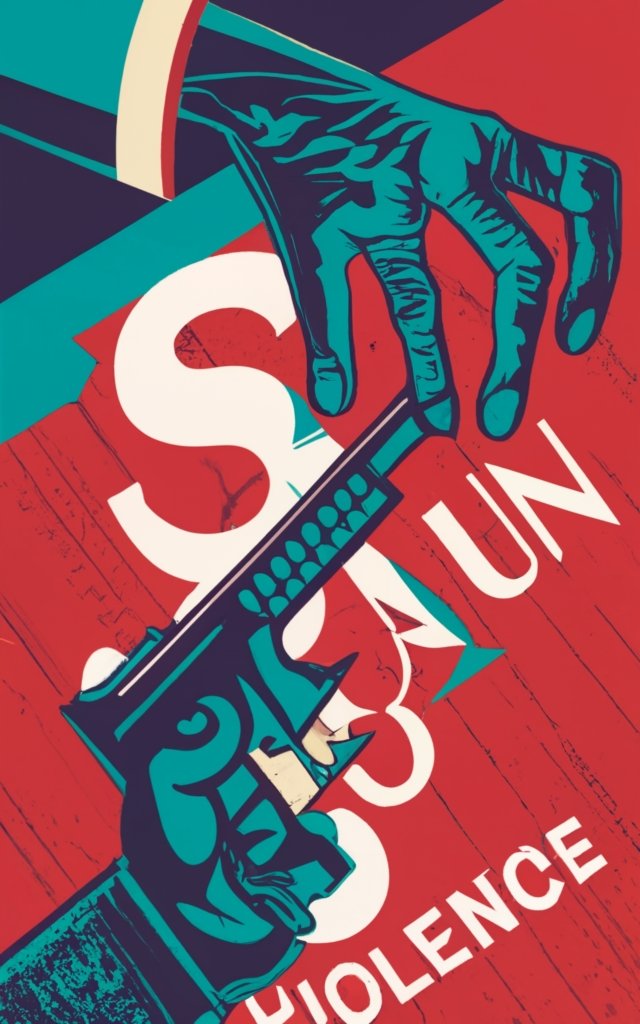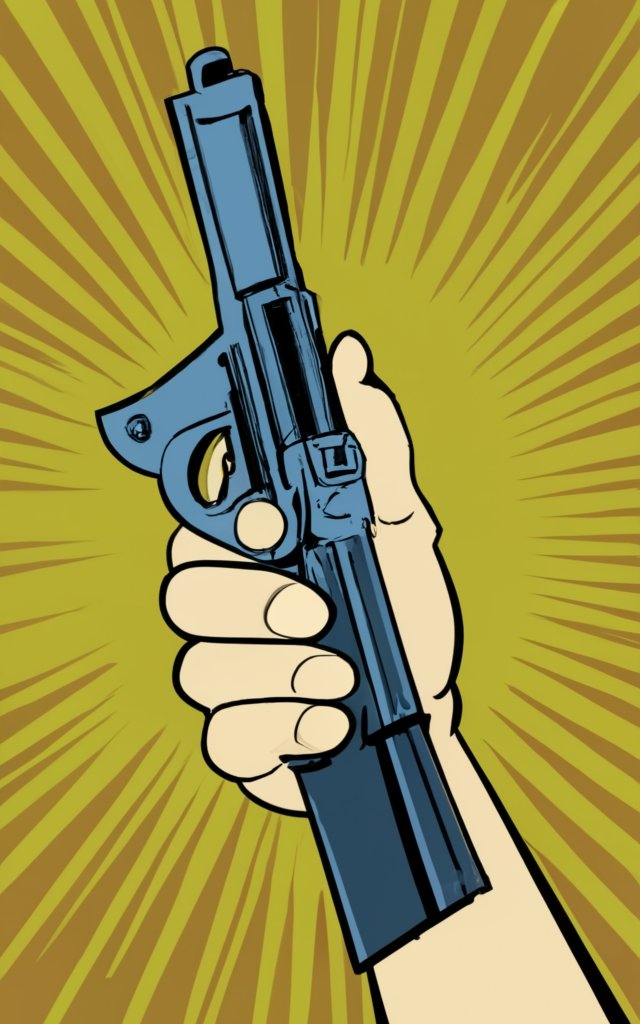The Real Costs of Gun Violence

As 2023 draws to a close, America confronts a haunting reality: over 31,000 lives lost to gun violence. This figure isn’t just a statistic; it’s a chilling testament to the intricate web of socio-economic, cultural, and political factors that have culminated in a national crisis. The nation’s challenge is to dissect and understand the myriad elements driving this epidemic.
Socio-Economic Drivers and Their Impact

Gun violence is more than a matter of firearm availability. It’s deeply rooted in socio-economic disparities. In neighborhoods burdened by poverty and limited educational opportunities, the allure of gangs and the underground economy becomes a powerful draw. For some, it’s about survival; for others, it’s about seeking respect in a seemingly indifferent world.
In these areas, the cycle of violence is often perpetuated by a lack of resources and opportunities. Young individuals without access to quality education or job prospects can easily fall into a life of crime, seeing it as their only way out. The community, in turn, becomes trapped in a vicious circle of fear, mistrust, and retaliation.
In contrast, affluent neighborhoods present a different narrative. Here, domestic disputes escalate into tragedies, and unchecked mental health issues, combined with firearm access, prove fatal. Elle Smith, an industry expert, notes, “The gun often emerges as an equalizer, addressing deep-seated grievances.”
The impact of gun violence extends beyond the immediate aftermath. The 27,395 injuries in 2023 have left behind a trail of psychological trauma, shattered families, and broken communities. Medical treatments, therapy, lost wages, and community fear are among the cascading effects. The economic burden on the healthcare system, the strain on community resources, and the intangible cost of a community living in perpetual fear are palpable.
The Political Landscape and Gun Control
States with comprehensive background checks for gun sales have seen a 10% drop in homicide rates. However, achieving such legislative reforms is challenging. Powerful lobbying groups, backed by significant resources and influence, stand as formidable barriers to change. The political discourse is further muddied by a polarized electorate, where debates often devolve into a tug-of-war between individual rights and collective safety.
An anonymous expert in the field offers a counter-narrative, stating, “Background checks, while crucial, aren’t the solution. Many firearms used in crimes bypass legal channels. Our approach needs to be holistic, addressing not just the symptoms but the root causes of the issue.”
Mass shootings, accounting for 506 incidents in 2023, often capture national attention, sparking outrage and reigniting the ever-contentious gun control debate. However, beneath the media frenzy lies a steady undercurrent of daily incidents, less publicized but equally heart-wrenching, that add to the grim tally.

Stories Behind the Statistics

Numbers can obscure the human stories they represent. Each statistic is a life, a narrative of dreams, aspirations, and potential cut short. The children, the teens, the officers – their stories serve as poignant reminders of the human cost of gun violence. The 220 children aged 0-11 and the 1,053 teenagers who met untimely deaths symbolize lost futures and devastated families.
“Every gunshot, every life lost, affects entire communities left to grapple with the aftermath,” reflects Elle Smith.
Officer-involved incidents further complicate the narrative. The 37 officers killed and 272 injured in 2023 underscore the perilous nature of their profession. Conversely, the 1,044 subjects or suspects killed by officers highlight the challenges of high-stakes encounters.
The defensive use of guns, with 876 incidents in 2023, adds another layer to the discourse. These incidents raise ethical questions about the nature of self-defense and the circumstances that justify lethal force.
Solutions and Hope
Addressing gun violence requires a multi-faceted approach. Beyond legislation and regulation, there’s a need for community outreach, mental health initiatives, and educational programs. Grassroots movements, led by survivors and families of victims, are making strides in bringing about change at the local level. Their stories, their activism, and their resilience serve as a beacon of hope in a challenging landscape.
Moreover, technological advancements offer potential solutions. Smart guns, equipped with safety mechanisms that ensure only authorized users can fire them, are being developed. While they’re not a panacea, they represent a step in the right direction.
In the face of such a multifaceted issue, America stands at a pivotal crossroads. The real costs of gun violence seep deep into the nation’s fabric, influencing public discourse, shaping policies, and leaving an indelible mark on its psyche. Recognizing and addressing the problem’s complexity is the first step toward forging a safer future. The journey is long, but with collective effort and determination, a brighter, more secure tomorrow is achievable.



